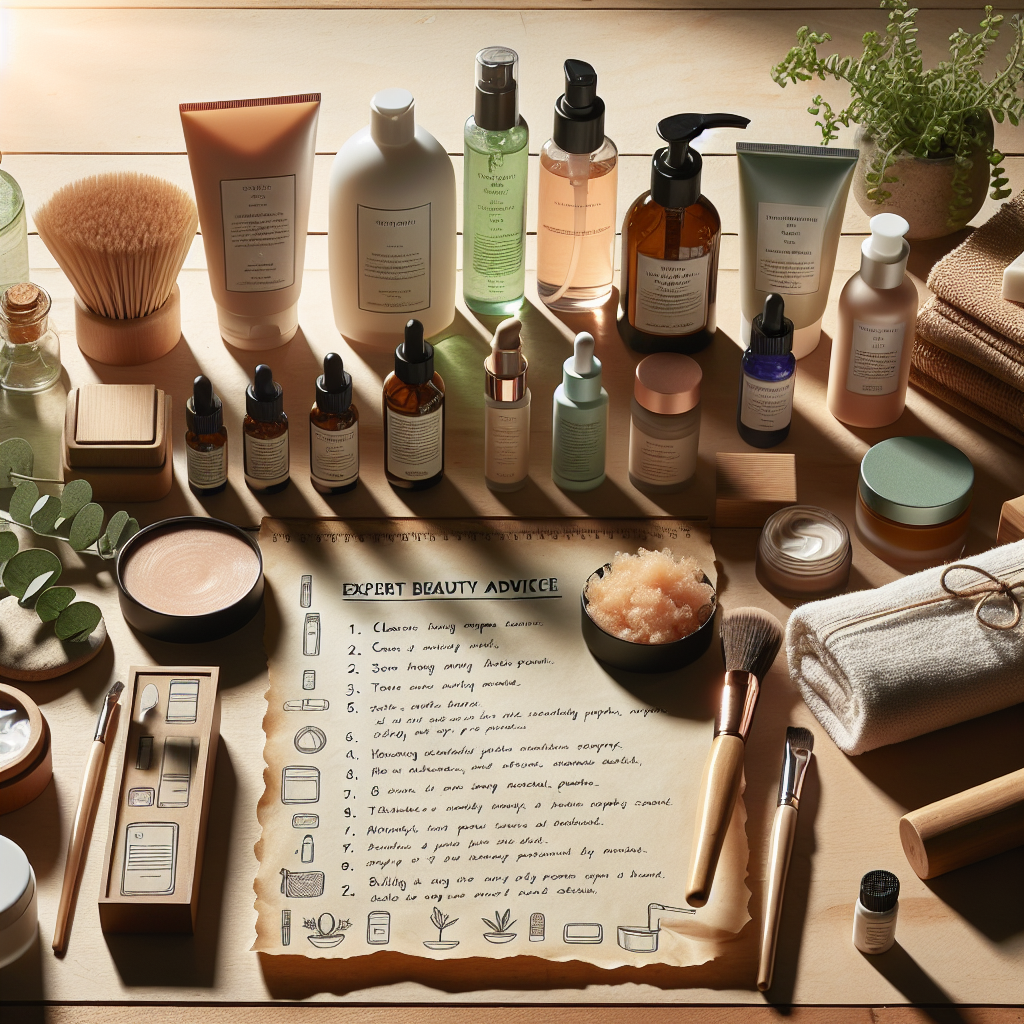Establishing an effective skincare routine can be both exciting and overwhelming. With an abundance of products on the market, finding what works for your unique skin type requires research, patience, and a little trial and error. In this guide, we’ll walk you through the essential steps to create your personalized skincare regimen.
1. Understand Your Skin Type
The first step in building your skincare routine is to identify your skin type. This can generally be categorized as:
- Normal: Balanced, with minimal issues.
- Oily: Shiny, prone to acne and enlarged pores.
- Dry: Flaky, rough, and may feel tight.
- Sensitive: Prone to redness, irritation, and reactions.
- Combination: A mix of oily and dry areas.
Understanding your skin type helps you choose products designed to address your specific needs.
2. Determine Your Skincare Goals
Next, identify what you wish to achieve with your skincare routine. Common goals include:
- Hydration and moisture retention
- Acne treatment and prevention
- Reducing signs of aging
- Improving skin texture
- Evening skin tone
Your goals will guide your product choices and treatment methods, ensuring a focused approach.
3. Build Your Basic Skincare Routine
A well-balanced skincare routine typically consists of three core steps: cleansing, toning, and moisturizing. Here’s a breakdown:
3.1 Cleansing
The first step in your routine should always be cleansing. This removes dirt, makeup, and excess oil from your skin’s surface. Choose a gentle cleanser that suits your skin type:
- Foaming cleansers for oily skin
- Creamy cleansers for dry skin
- Hydrating cleansers for sensitive skin
3.2 Toning
Toners help restore pH balance and remove any leftover impurities after cleansing. Look for alcohol-free formulas to avoid drying out your skin, and consider ingredients like:
- Hydrating glycerin
- Witch hazel for oily skin
- Green tea extract for anti-inflammatory benefits
3.3 Moisturizing
Hydration is crucial, regardless of your skin type. A good moisturizer locks in moisture and helps maintain the skin barrier. Select a lightweight gel for oily skin or a thicker cream for dry skin.
4. Incorporate Active Ingredients
Once you have your basic routine, consider adding products with active ingredients that target specific skin concerns:
- Retinoids: Effective for aging and acne-prone skin.
- Vitamin C: Brightens the skin and addresses uneven tone.
- Hyaluronic Acid: Excellent for hydration.
- Salicylic Acid: Helps treat and prevent acne.
Introduce one product at a time, allowing your skin to adjust.
5. Don’t Forget Sun Protection
Daily sun protection is essential to prevent premature aging and skin cancer. Incorporate a broad-spectrum SPF of at least 30 into your morning routine, regardless of the weather.
6. Be Patient and Flexible
Building a skincare routine is a journey, not a race. Be patient and give your skin time to adapt to new products—typically, several weeks are needed to notice significant changes. Stay flexible and adjust your routine based on how your skin responds.
Conclusion
Every individual’s skin is unique, and what works for one person may not necessarily work for another. By understanding your skin type, setting clear goals, and gradually building a personalized routine, you can nurture your skin and enhance its health and appearance. Consistency is key, so stick with your routine, and your skin will thank you!

